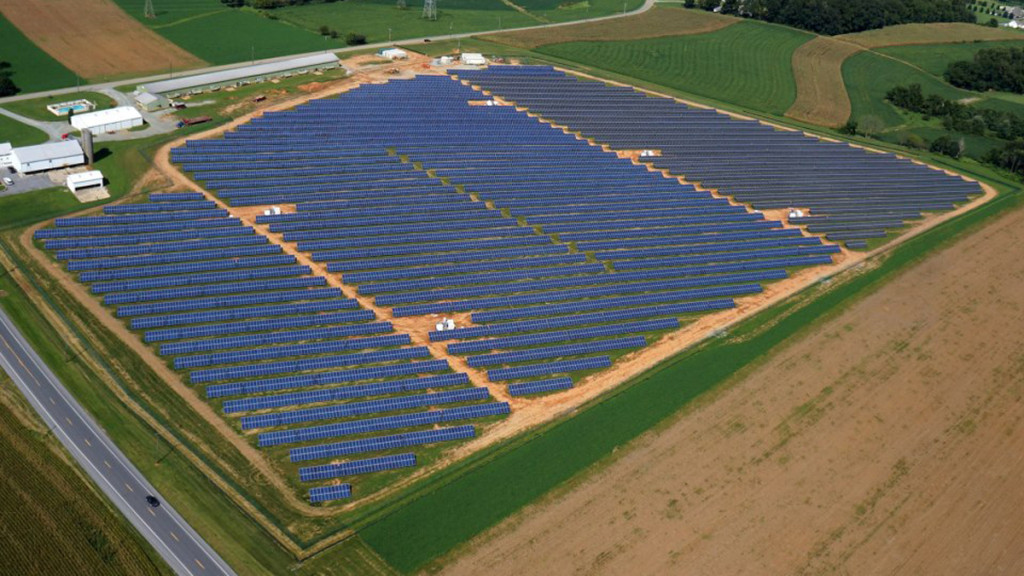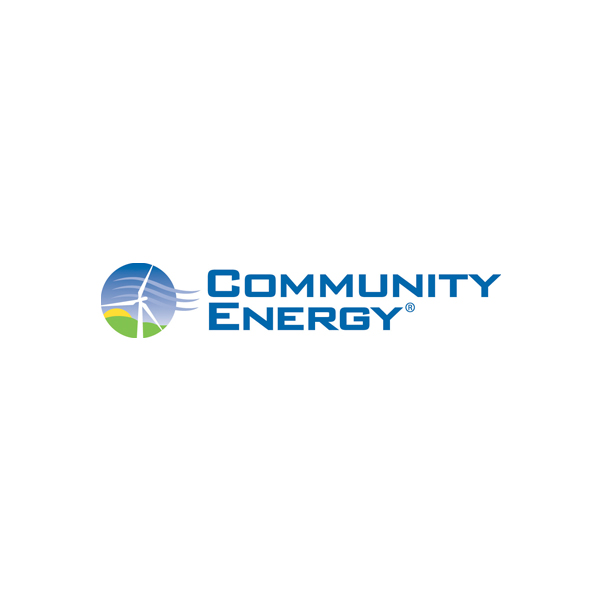
Community Energy: Employee Engagement and Keystone Solar Project
Case Study
Community Energy Inc. (CEI), based in Radnor, PA, develops solar and wind energy projects by engaging customers through products and services that make these projects possible. Since its founding in 1999, CEI has developed over 700 MW of wind and 250 MW of solar with the help of its more than 100,000 residential and commercial customers.
Employee Engagement
In addition to the strong environmental benefits from its core renewable energy generation development business, the company has a strong focus on employee engagement. Employees take on increased levels of responsibility quickly as they prove their abilities and are given opportunities to follow their passion in forwarding the company’s mission to ignite the market and develop the supply of fuel-free energy.
One employee joined CEI in an entry level role in marketing and within nine months was leading a team focused on scaling up CEI’s entry to the commercial solar PPA market. Another entry level employee joined CEI full-time in September 2010 and by 2011 was working on three different teams focused on developing new products and services for launch, as well as regularly interacting directly with the head of the division on those teams – a very empowering experience for an entry-level employee.
Keystone Solar Project
In October 2012, Community Energy inaugurated its five megawatt Keystone Solar Project in Lancaster County, PA—the first utility-scale solar project in the state. The project was developed by CEI and constructed by groSolar, another SJF portfolio company, and brought together regional partners committed to clean energy and local job creation, including the Philadelphia Phillies, universities, Exelon Generation, Lancaster Township, and the Clean Air Council.
Six area universities were among the first partners to purchase renewable energy certificates and incorporate CEI’s PRAXIS Green Power teaching modules in their curricula. Producing six megawatts of power, the farm will generate enough energy to power the equivalent of 950 homes and circumvent 5,516 tons of carbon dioxide per year. In line with its broader mission of sustainability, CEI uniquely designed the project to avoid soil disturbance and support farmland preservation by installing panels on driven posts without concrete and maintaining the land with selected cover vegetation.